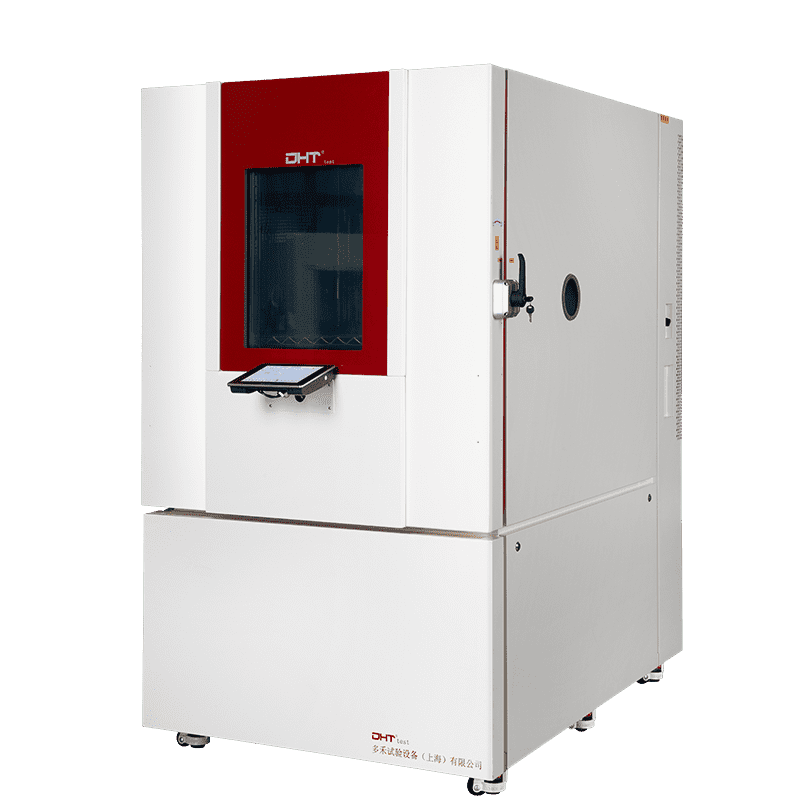Senior Vertriebsleiter, Doaho Test (DHT®)
I. Marktlandschaft und technologische Divergenz
II. Anfängliche Kostenaufschlüsselung
-
Unterschiede bei den Hardwarekosten
-
Thermotron Kundenspezifisches System: Erfordert ein eigenes Wasserkühlsystem (~$80.000) und eine unabhängige Steuereinheit. Der Preis für eine 50-m³-Kammer liegt bei etwa $450.000.
-
DHT®-Baukastensystem: Verteilte Kühleinheiten mit variabler Frequenz und Energierückgewinnung über Wärmerohre. Der Preis für eine 50-m³-Kammer liegt bei etwa $280.000, einschließlich eines intelligenten Überwachungssystems.
-
Binder maßgeschneiderte Lösung: Um die GMP-Anforderungen zu erfüllen, erhöhen Aufrüstungen wie doppelschichtige Sicherheitsglastüren (+$12.000) und redundante Feuchtesensoren (+$8.000) die Kosten erheblich.
-
Versteckte Kostenkomponenten
-
Gebühren für technische Planung: Maßgeschneiderte Lösungen der Climats Group erfordern in der Regel eine Vermessung vor Ort und eine Simulationsmodellierung und kosten etwa $25.000/Monat.
-
Kosten der Zertifizierung: Die modularen Systeme von Weiss Technik sind vorzertifiziert (CE, ISO 17025), wohingegen für Sonderanfertigungen zusätzliche Kosten in Höhe von $30.000-$50.000 für eine spezielle Zertifizierung anfallen können.
III. Betriebskostenmodell
-
Energie-Effizienz (basierend auf einer 50m³ Einheit)
| Marke | Durchschnittlicher täglicher Stromverbrauch (kWh) | Jährliche Wartungskosten (USD) | Fünf-Jahres-Gesamtkosten (USD) |
| Thermotron | 185 | 18,000 | 621,500 |
| Bindemittel | 210 | 22,000 | 698,000 |
| DHT®. | 120 | 9,500 | 398,000 |
-
Risiken von Ausfallzeiten bei der Wartung
-
Thermotron-Systeme: Kältemittellecks erfordern 3 bis 5 Tage Stillstand, was zu Produktionsverlusten von $12.000/Tag führen kann.
-
DHT® Modularer Aufbau: Defekte Module können im laufenden Betrieb ausgetauscht werden. Selbst während der Wartung bleibt die Testkapazität von 70% betriebsbereit, was das Produktionsrisiko erheblich reduziert.
IV. Bewertung der technischen Skalierbarkeit
-
Kosten der Erweiterung
-
Weiss Technik: Das Hinzufügen der Salzsprühnebelfunktionalität erfordert ein separates Korrosionsmodul (~$48.000).
-
DHT®.: Mit universeller Schnittstelle. Das Hinzufügen eines kompatiblen Vibrationstisches kostet nur $15.000, wobei die Selbstinstallation innerhalb von 48 Stunden möglich ist.
-
Digitale Intelligenz Differenzierung
-
Traditionelle Systeme: Die KBF-Serie von Binder verwendet immer noch physische Tasten, und der Datenexport erfordert eine manuelle USB-Extraktion.
-
DHT® Intelligente Plattform: Integriertes WEB Season® System ermöglicht Fernüberwachung. Algorithmen für maschinelles Lernen optimieren automatisch die Prüfprofile und verbessern die thermischen Rampenraten um 27%.
V. Empfehlungen für die strategische Beschaffung
-
Wenn Modularität Sinn macht
-
Schnelle Produkt-Iteration: Ideal für Forschung und Entwicklung in der Unterhaltungselektronik mit häufigen Änderungen der Testprofile. Die Aktualisierung der Konfiguration dauert nur 72 Stunden.
-
Mehrere Standorte Zusammenarbeit: Cloud-synchronisierte Daten sorgen für einheitliche Teststandards in globalen Labors - perfekt für Automobilzulieferer.
-
Ziele der Nachhaltigkeit: DHT®-Lösungen erzeugen einen um 42% geringeren Kohlenstoff-Fußabdruck und entsprechen damit den EU CBAM-Mechanismen zur Anpassung an die Kohlenstoffgrenze.
-
Wenn eine Anpassung notwendig ist
VI. Kostenbasierte Entscheidungsmatrix
| Kriterium | Empfehlung |
| Technische Flexibilität | Wenn die Testparameter mehr als dreimal pro Jahr aktualisiert werden, erhöhen modulare Lösungen den ROI um 40%. |
| Haushaltszwänge | Bei einem Kapital von weniger als $500.000 können modulare Systeme bis zu 92% der erforderlichen Funktionalität liefern. |
| Strategische Integration | Im Hinblick auf die Kompatibilität mit Industrie 4.0 rechtfertigen digital einsetzbare modulare Einheiten ihren Aufpreis. |
Schlussfolgerung
Häufig gestellte Fragen
Was sind die Kostenunterschiede zwischen modularen und kundenspezifischen begehbaren Prüfkabinen?
Modular systems, like DHT®’s, reduce upfront investment by 30%–50% and shorten deployment cycles, while customized solutions can incur 30%–60% higher costs and longer lead times. Modular designs also lower operating costs through energy-efficient components and reduced maintenance downtime.
Wann sollten Unternehmen eine modulare Begehkammer anstelle einer maßgefertigten Lösung wählen?
Modular chambers are ideal for rapid product iteration, multi-site collaboration, and sustainability goals. They offer faster configuration updates, cloud-synced data, and lower carbon footprint, making them cost-effective for most R&D and industrial testing scenarios.
When Is Customization Necessary for a Walk-In Test Chamber?
Fully customized chambers are essential for extreme test conditions, such as military-grade ultra-low temperatures (-70°C or below) or seismic resistance for nuclear or specialized equipment. However, such setups should generally be limited to 15% of the total project budget to maintain cost-effectiveness.


